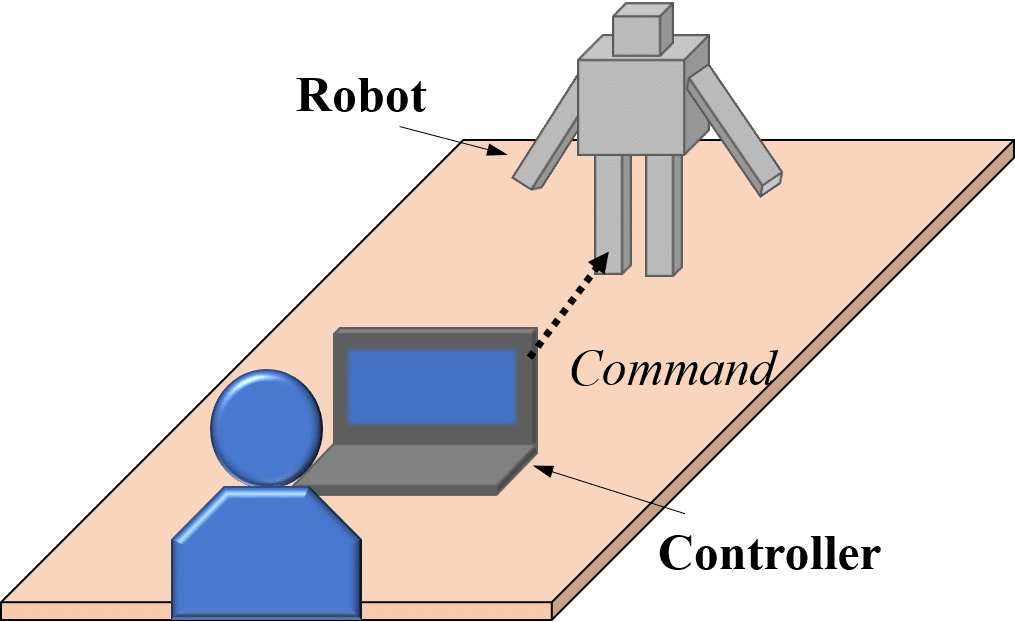
Aim: Given recent developments in smartphone and tablet applications, the usage of touchscreen technology in the 21st century seems very promising. The skills needed to learn how to operate unfamiliar touchscreens are becoming required for employment. The aim of this study is to investigate the specific aspects of operating an unfamiliar touchscreen by observing the learning process for individuals with autism spectrum disorders (ASD).
Methods: Sixteen participants with ASD and 26 participants with TD were recruited. The task was to shift their posture from initial upright to single-foot standing posture. The task terminal condition was set to have three consecutive successes within one minute without giving up a trial or making the robot fall.
Results: The ASD group took more time to achieve the terminal condition than the TD group (median = 60 min vs 35.7 min; Z = -2.57; p < 0.01). In contrast, the time required to attain a single-standing posture for the first time was less in the ASD group than in the TD group (median = 4.71 min vs 14.0 min; Z = 2.13; p = 0.02).
Conclusion: Our quantitative data suggest that individuals with ASD were initially better able to use the touchscreen. However, individuals with ASD seemed to have difficulty achieving a certain level of proficiency.
Tetsuyou Watanabe, Hirokazu Kumazaki, Taro Muramatsu, Masaru Mimura, Specific aspects of operating an unfamiliar touchscreen for individuals with autism spectrum disorders, Psychiatry and clinical neurosciences, Vol.74, No.2, pp.157-158, 2020. doi:10.1111/pcn.12958
